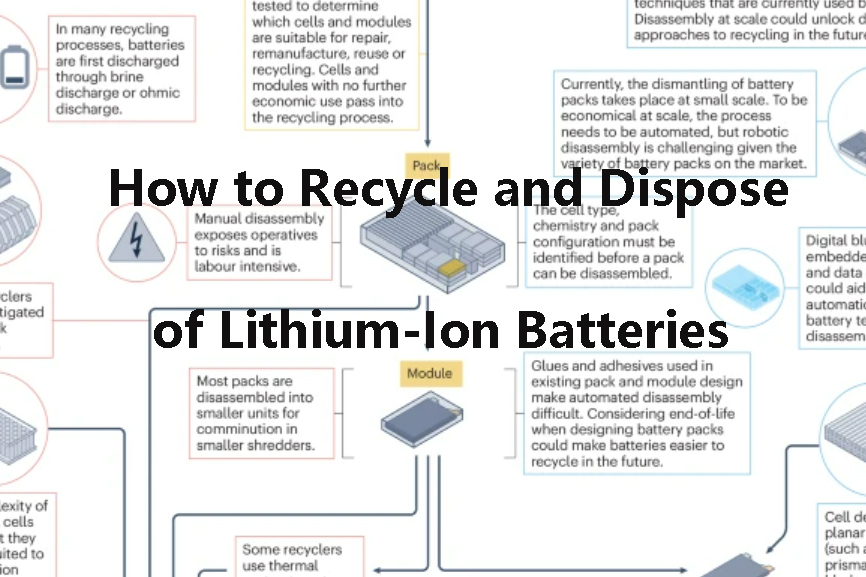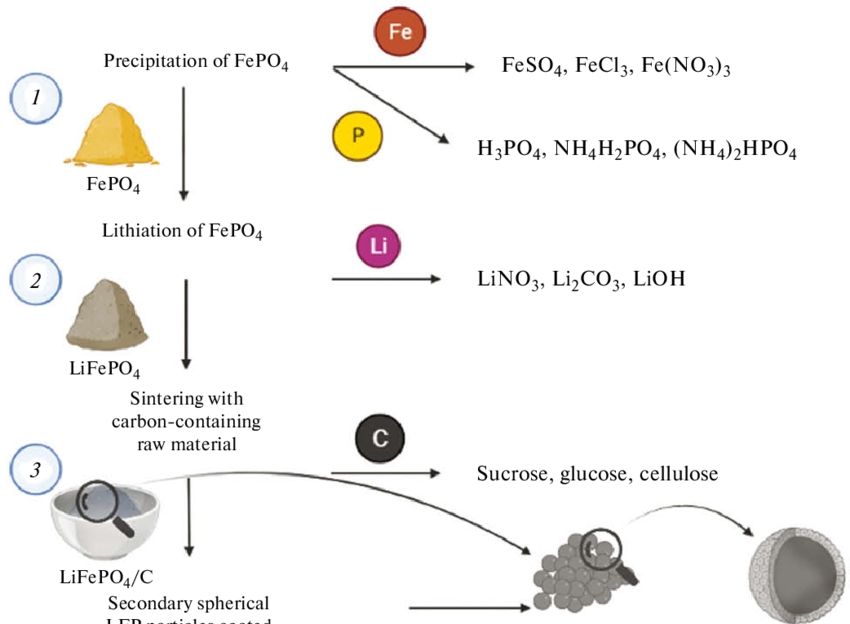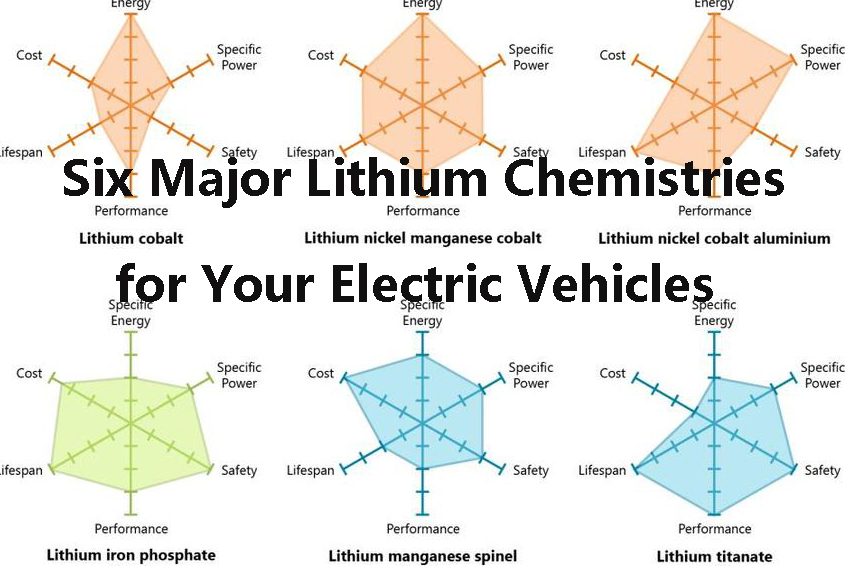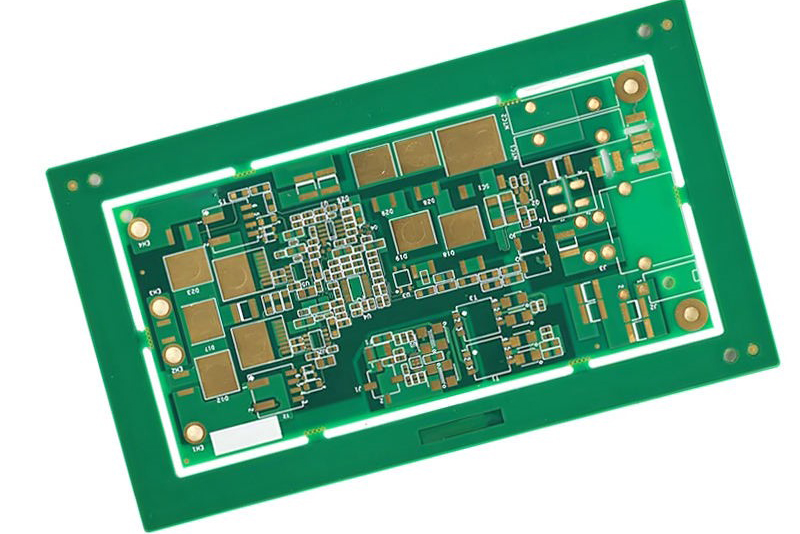
LATP and Solid-State Batteries: Properties and Applications
Introduction to LATP
Lithium Aluminum Titanium Phosphate (LATP) is a promising solid electrolyte material that has gained significant attention in the development of solid-state batteries. With its high ionic conductivity, chemical stability, and mechanical strength, LATP serves as a crucial component in advancing battery technology for various applications.
The need for improved battery performance has driven research into solid-state batteries, which replace conventional liquid electrolytes with solid electrolytes like LATP. This transition enhances safety, longevity, and energy density, making solid-state batteries a viable solution for next-generation energy storage systems. LATP, with its favorable electrochemical properties, plays a pivotal role in this evolution.
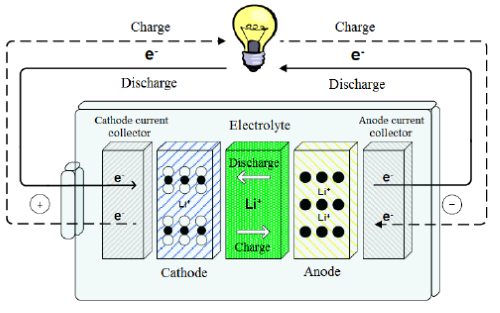 [1]
[1]
Key Properties of LATP
- High Ionic Conductivity: LATP exhibits excellent lithium-ion conductivity at room temperature, making it a suitable choice for solid-state electrolytes. Its ability to efficiently transport lithium ions contributes to enhanced battery performance and fast charging capabilities.
- Chemical Stability: It maintains stability in contact with various electrode materials, reducing the risk of unwanted reactions that can degrade battery performance. This stability is essential for ensuring long battery life and consistent operation.
- Mechanical Strength: LATP possesses robust mechanical properties, which help in maintaining structural integrity within the battery. This property makes it resistant to cracks and degradation, ensuring reliable operation under different conditions.
- Wide Electrochemical Window: It can operate within a broad voltage range, allowing for compatibility with different electrode materials. This expands its applicability across various battery configurations.
- Non-Flammable: Unlike liquid electrolytes, LATP enhances safety by mitigating the risk of leakage and fire hazards. This is particularly important for applications where battery safety is a primary concern, such as in electric vehicles and medical devices.
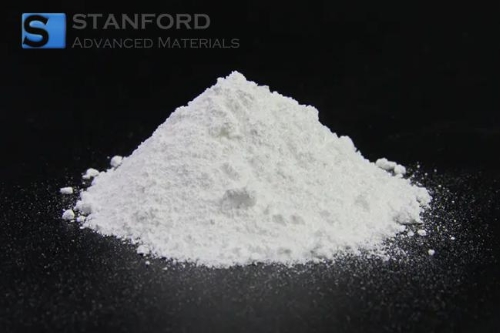
Uses of LATP in Solid-State Batteries
LATP is primarily utilized as a solid electrolyte in lithium-based solid-state batteries. Some key applications include:
- Electric Vehicles (EVs): Solid-state batteries incorporating LATP offer higher energy density and improved safety compared to conventional lithium-ion batteries. The absence of flammable liquid electrolytes significantly reduces the risk of thermal runaway, making EVs safer and more efficient.
- Consumer Electronics: Devices such as smartphones, laptops, and wearables benefit from the longer lifespan and stability of solid-state batteries using LATP. These batteries provide improved charge retention and durability, making them ideal for portable electronics.
- Grid Storage Systems: LATP-based batteries contribute to efficient and durable energy storage solutions for renewable energy applications. With the increasing adoption of solar and wind energy, solid-state batteries offer reliable storage solutions for maintaining power supply stability.
- Medical Devices: The reliability and safety of LATP-based batteries make them suitable for implantable and portable medical devices. Given their long lifespan and stable performance, these batteries support critical applications in healthcare, such as pacemakers and insulin pumps.
- Aerospace and Defense: The durability and high energy density of LATP-based solid-state batteries make them suitable for space and military applications. These batteries can withstand extreme temperatures and harsh environments, making them essential for satellite systems and advanced defense technologies.
Other Materials for Solid-State Batteries
While LATP is a promising solid electrolyte, other materials are also being explored for solid-state batteries:
- LLZO (Lithium Lanthanum Zirconium Oxide): Known for its high ionic conductivity and stability with lithium metal anodes. It offers promising performance but requires improvements in processability.
- LISICON (Lithium Super Ionic Conductor): Offers good ionic conductivity but may require modifications for better stability. Researchers are working on enhancing its structural integrity to improve its application potential.
- Sulfide-Based Electrolytes: Exhibit high conductivity and flexibility but may suffer from moisture sensitivity. These materials require special handling and packaging to prevent degradation.
- Polymer Electrolytes: Provide flexibility and processability, although their conductivity is lower than ceramic-based electrolytes. Hybrid approaches that combine polymers with ceramic materials are being investigated to overcome conductivity limitations.
Conclusion
LATP stands out as a highly promising material for solid-state batteries due to its favorable properties such as high ionic conductivity, chemical stability, and mechanical strength. Its applications span across various industries, from electric vehicles to medical devices, ensuring improved battery performance and safety. As research progresses, LATP and other solid electrolyte materials will continue to play a pivotal role in advancing energy storage technologies for the future.
With continued innovations in solid-state battery technology, LATP-based batteries have the potential to revolutionize energy storage, offering safer, longer-lasting, and more efficient solutions for a wide range of applications. The coming years will be crucial in determining how these advancements shape the future of battery technology, with LATP playing a key role in the transition towards more sustainable energy solutions. For more advanced materials, please check Stanford Electronics.
Reference:
[1] Sousa, Rui & Sousa, J. A. & Ribeiro, J. & Goncalves, L.M. & Correia, J.H.. (2013). All-solid-state batteries: An overview for bio applications. 3rd Portuguese Bioengineering Meeting, ENBENG 2013 - Book of Proceedings. 10.1109/ENBENG.2013.6518400.

